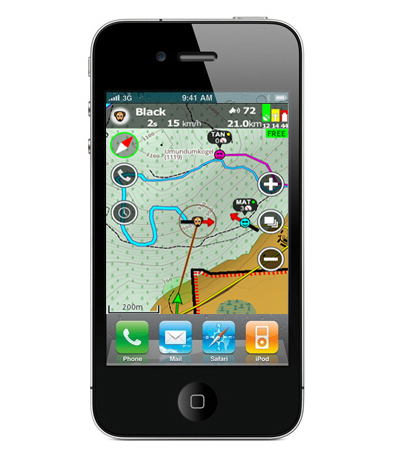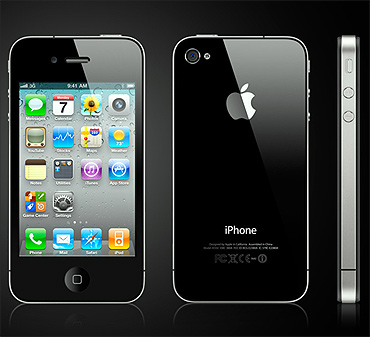

There’s no evidence that it’s being transmitted beyond your device and any machines you sync it with. Is Apple storing this information elsewhere? The fact that it's transferred across devices when you restore or migrate is evidence the data-gathering isn't accidental. One guess might be that they have new features in mind that require a history of your location, but that’s pure speculation. Why is Apple collecting this information? One thing that will help is choosing encrypted backups, since that will prevent other users or programs on your machine from viewing the data, but there will still be a copy on your device. This database of your locations is stored on your iPhone as well as in any of the automatic backups that are made when you sync it with iTunes.
PETEWARDEN IPHONE TRACKER CODE
The code behind it has been open-sourced so you can inspect the code and compile it yourself if you’re a developer.
PETEWARDEN IPHONE TRACKER UPDATE
Update - Here's a guide to manually loading the file on Windows - Does this application share the information with anyone? The timestamp shows the time in seconds since January 1st 2001. The most interesting data is the latitude, longitude location and the timestamp.

Open up the file, choose the 'CellLocation' table, and you can browse the tens of thousands of points that it has collected. Update - Matt Hall suggested an easier way of locating the file, by running `grep CellLocation *` from the Backup folder Since it's an SQLite database file, you can use any standard SQLite browser, I'm using this Firefox plugin: That text in brackets just before 'RootDomain::' is the name of the actual file on disk that holds the location data. Now, pipe it through grep to find the file we want, eg: ~/Downloads/iphonels.py | grep "consolidated"

If you cd into the folder in the terminal, and run iphonels.py you'll see a listing of all the files with their real names. Luckily, Alasdair found a Python script here that can convert those: The Manifest.mbdb and Manifest.mbdx files contain a listing of the real names of the files represented by random strings in that folder. You should see a 'Device Name' value in the XML, make sure that it matches your iPhone. Then, load ist into a text editor to see what device it's for. Find the folder that has the most recent backup by looking at the modified dates of the files. The names of the folders and the files within them are mostly random strings, but there are some index files like ist and Manifest.mbdb. Each time you sync up an iOS device (iPad, iPhone, etc) files will be copied into a new folder here. It will be stored in a folder inside /Users//Library/Application Support/MobileSync/Backup/. How can I examine the data without running the application? If it finds this file, it will then display the location history on the map. If you run it on an OS X machine that you’ve been syncing with an iPhone or an iPad with cellular plan, it will scan through the backup files that are automatically made, looking for the hidden file containing your location. Since we can't vouch for them we don't feel capable of recommending one in particular. If you do a web search, you'll now find versions that other people have created, but while we have no reason to believe they contain any malicious code, we haven't inspected and verified any of them ourselves. The file exists on PCs too, but we haven't written a version of the application that runs on Windows ourselves. What does the size and color of the circles represent? How can I choose which device's location data will be shown? You say no data is shared, but why do I see the web accessed when I run the app?

Why are some points in places I’ve never visited? Why did you open-source this code, won’t that make the problem worse? How can I examine the data without running the application?ĭoes this application share the information with anyone? $ git clone git:///petewarden/iPhoneTracker FAQ This application relies on map tiles from the volunteer-run OpenStreetMap project, so please consider supporting their great work.


 0 kommentar(er)
0 kommentar(er)
